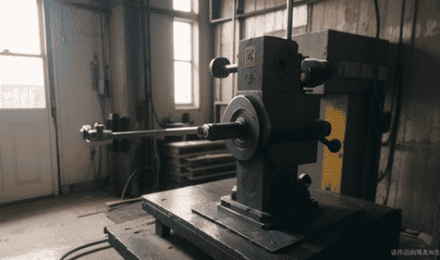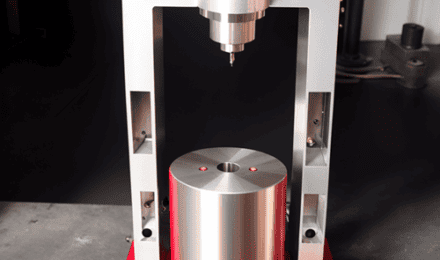A variety of emergency situations can occur during the use of hydraulic presses. When such a situation occurs at work, it is necessary to check the hydraulic press to find out the cause. Generally, staff with relevant experience can quickly identify the cause of the problem. This means maintenance personnel need to have an in-depth understanding of the hydraulic system and be familiar with the structure and working principle of the hydraulic components. That’s how they will be able to diagnose the problem correctly.
Maintenance personnel can usually learn more about the equipment condition by asking, watching, listening, etc. But what matters is the experience they have and the understanding of every component and part of the machine and how it works. With that, they can tell what could be wrong when a machine is behaving in a certain way.
Therefore, there is a need to pay attention to maintenance during the use process so as to ensure the normal operation of the various components on the hydraulic press. Otherwise, long-term non-maintenance will cause irreversible damage, which will affect production and reduce the service life of the hydraulic press.
How To Deal With An Emergency Failure
If you cannot replace the parts immediately after discovering the problem, you can use an alternative method to use other related parts for temporary use. After the work of the day is over, replace the original parts. In addition to emergency repairs, it is best you pay attention to the method of use so as to avoid this situation as much as possible.
In winter and under bad working conditions, the hydraulic press system should be inspected and maintained frequently. Change the working fluid frequently. In the hydraulic transmission system, there are some relatively precise parts. There are three basic pathogenic factors in hydraulic systems: pollution, overheating and air intake.
The practice has proved that 75% of the causes of hydraulic system problems are caused by these three reasons. Therefore, we must do a good job in the maintenance of the equipment to keep the hydraulic press can work faster and better.
Maintenance Method During Use
- Every month, check whether the worm gear, worm, bearing, pressure wheel, upper and lower guide rails and other movable parts are flexible in rotation and whether they are worn out. If damaged, they should be replaced and repaired immediately.
- Clean the hydraulic valve and fuel tank within 3 months. Check or replace the sealing ring and filter element. Filter hydraulic oil every 3 months or replace it with new hydraulic oil. If the frequency of use is not high, it can be extended appropriately.
- After the hydraulic powder press is shut down; the remaining powder should be taken out. Scrub the remaining powder from all parts of the machine.
- The mold surface that is not in use should be smeared with oil or completely immersed in oil to keep it clean, avoid rusting and bruising. This will also help increase the life of the molds as well as reduce the need for frequent maintenances.
- The electrical cabinet should be checked regularly, and have the cooling fan regularly cleaned of dust with compressed air. In particular, the inverter should be handled carefully. In general, the maintenance of electrical components should be performed by a professional electrician.
- Before conducting an insulation test on the electrical components of the hydraulic press, all the wiring of the main circuit control circuit of the inverter must be removed to prevent the inverter from being damaged by the insulation test. Always refer to the inverter operation manual for the insulation test method.






